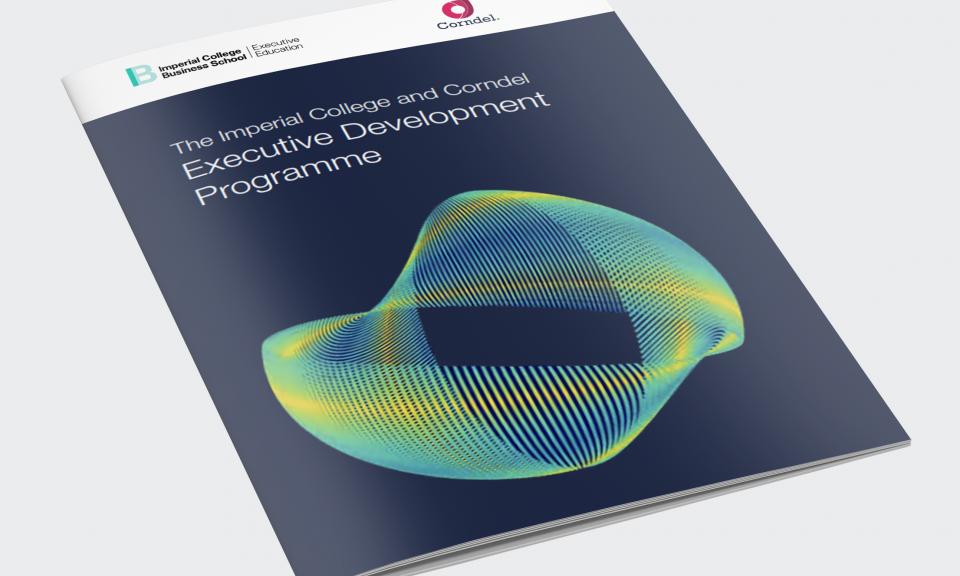
The End of College: Creating the Future of Learning and the University of Everywhere, by Kevin Carey (Riverhead Books, 288 pp., $27.95)
Not everyone thinks that the decline of American higher education began in the 1960s. Kevin Carey, director of the New America Foundation’s Education Policy Program, believes that our colleges have failed to educate students properly for more than a century. In his recent book, The End of College, Carey suggests that post-secondary institutions prioritize expansion over student outcomes. While schools spend more on administrators and palatial facilities, they pressure faculty to devote more time to research and less to teaching. Worse, they make no effort to assess whether students actually learn anything. It’s no surprise, as Carey notes, that 45 percent of American college students see no educational gains during their undergraduate years. And while the fundamental challenge of higher education, Carey argues, is “how to give individuals with unique experience and neural patterns exactly what they need,” American colleges emphasize large, impersonal lectures and rigid academic schedules. Carey believes that the system deserves a wholesale rethinking.
“In education,” Carey argues, “the medium is not the message. Design is what matters.” He is thus skeptical of the promise of massive open-online courses (MOOCs) to solve higher education’s problems. He enrolls in an MIT MOOC, “Introduction to Life,” and while he enjoys the course, he laments that it doesn’t offer a “specific, personalized educational experience.” It doesn’t matter, he suggests, whether students listen to lectures in a classroom or at their computer screens—if they don’t get individualized support, it won’t be worth much.
A better system, Carey suggests, would mimic the English tutorial model by tailoring courses to the needs of individual students, assessing what students are learning and where they’re struggling, and adapting lesson plans accordingly. Making such a resource-intensive system widely available would be a challenge, but Carey believes that new technologies offer the solution. Scientists at Carnegie Mellon, for example, are designing software that “thinks along” with students, adjusting quiz questions and content delivery based on students’ capabilities and learning styles. These programs will form the basis of what Carey calls “The University of Everywhere”—a mostly online higher-education ecosystem where students around the world obtain a personalized, affordable education in any subject.
Carey’s vision might seem techno-utopian but it’sremarkably detailed. In his imagined University of Everywhere, online-education providers will create a wide-ranging, easily accessible course bank. These courses will offer students fully customized educational experiences, while nonprofit and for-profit companies provide the advisory services that traditional colleges offer today. Students can study alone or alongside like-minded students and supportive advisers, either in physical buildings or in virtual classrooms. Employers will recognize new credentials that measure skills rather than time spent in class.
Carey insists that the technology to make all this possible is coming soon—“while the current generation of young people mature into adulthood.” But perhaps unintentionally, he gives more substantive reasons to doubt the imminence of the University of Everywhere than to believe in it. He argues that our ineffective higher-education system persists because of fervent competition among colleges to expand, the cultural capital associated with a college degree, and ballooning federal spending on research grants and student aid. Colleges, he says, have “a government-backed, culturally reinforced monopoly” on conferring credibility.
How would such formidable obstacles be overcome? Carey doesn’t say. The best he can do is to suggest that, as more students take advantage of online programs, Americans will make the shift, whether through “some kind of rapid change in the collective consciousness” or “a slower, grinding attrition.” These scenarios seem unrealistic, given recent surveys showing that a substantial majority of parents expect their children to attend college. And the government shows no sign of halting its massive spending on higher education; earlier this year, President Obama proposed an ambitious community-college initiative.
Carey portrays American higher education as “a tale of ancient institutions in their last days of decadence.” Yet the classic tale of institutional decadence—Ancient Rome—took centuries to play out. Thanks to cultural attitudes and misguided federal policy, a major transformation of American higher education might take nearly as long.
[“source-city-journal.org”]











